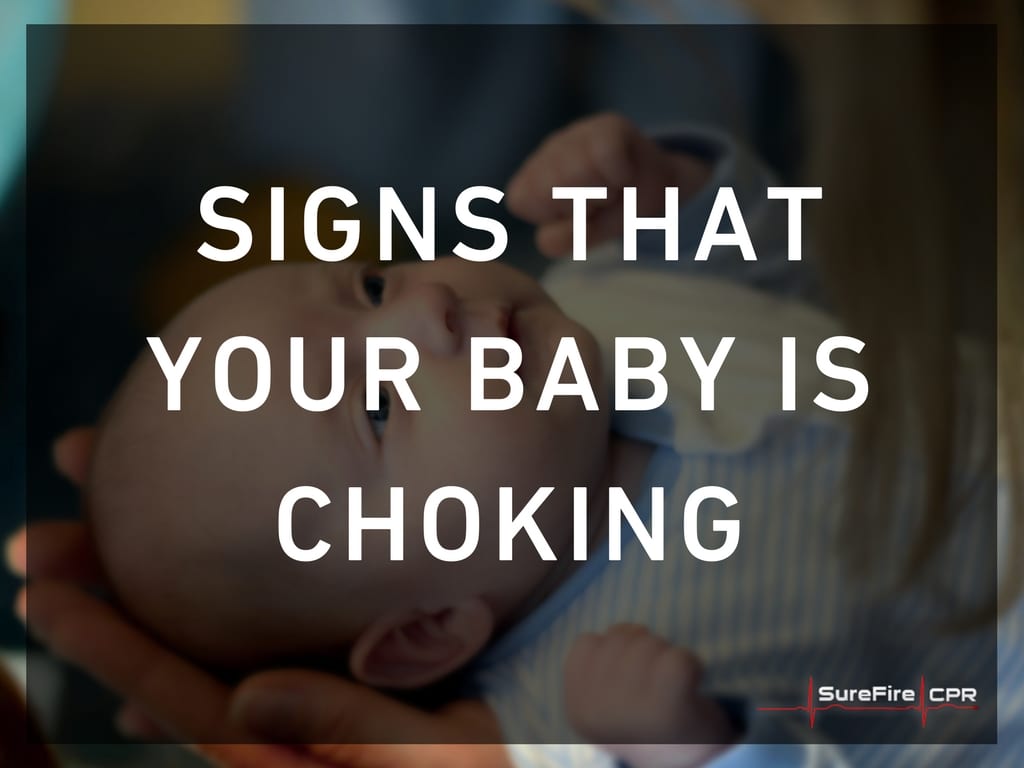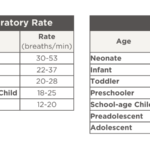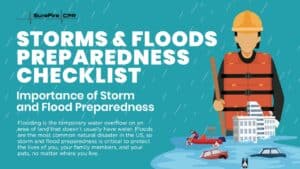Emergency medical personnel have pediatric advanced life support (PALS) training and have often trained in pediatric emergency assessment, recognition and stabilization (PEARS). Most parents do not have the benefit of this type of training.
For many new parents, figuring out how to care for their new family member is fraught with unknowns. One of the most common unknowns is how to recognize if your child is choking.
Babies make lots of noise, and it is sometimes quite difficult to tell when a noise is a sign of an emergency. Here are a few ways to tell if your infant is choking. If you notice any of the following, especially while your child is eating, seek emergency medical help immediately.
- Your infant’s face gets darker or develops a blue tinge.
- Your infant cries, but there is no sound.
- Your infant begins flailing.
- Your infant has to make an effort to breathe.
If your baby starts choking, it can be tough not to panic. Fortunately, we’re here to teach you how to administer life-saving assistance.
Here are five tips to help you deliver first aid to a choking baby:
- Assess the situation. If a baby is unable to cry or cough, something may be blocking his or her airway. Or, if the baby is coughing or gagging, the baby’s airway may only be partially blocked; in this situation, you should continue to let the baby cough in the hopes of dislodging the object.
- Call 911. If you’re unsure about how to handle a choking baby, you should call 911 or have a friend or family member call 911 for you. Remember, the sooner you call 911, the sooner your baby can get the support that he or she needs to survive.
- Use back blows. To administer back blows, place the baby face-up on one forearm and cradle the back of the head with the same hand. Then, place the other hand and forearm on the baby’s front, use your fingers and thumb to hold open the baby’s jaw and turn the baby over face-down on your forearm. With the heel of your hand, deliver five firm back blows between the baby’s shoulder blades.
- Perform chest thrusts. To perform chest thrusts, you should place your thumb and fingers to hold a baby’s jaw open and keep the baby between your forearms to ensure maximum head and neck support. Next, place the tips of two or three fingers in the center of the baby’s chest and push straight down on the chest approximately 1.5 inches. Administer five chest thrusts, and allow the chest to come back to its normal position after each thrust.
- Repeat 5 back blows and 5 chest thrusts until the object is removed or EMS arrives.
Infant cardiopulmonary resuscitation (CPR) is the next step to assist a choking baby if the baby goes unconscious. Here are three steps to follow to effectively administer infant CPR:
- Determine whether a baby is unresponsive and not breathing. Tap the bottom of a baby’s foot and check for normal breathing. If the baby does not respond, call 911 immediately.
- Administer chest compressions. Place one hand on a baby’s forehead and two fingers on the center of the baby’s chest. Compress the chest by pushing straight down about 1.5 inches. Perform up to 30 compressions at a rate of one to two compressions per second.
- Give rescue breaths. Place one hand on a baby’s forehead and two fingers on the chin and tilt the head back to a neutral position. Give the baby 2 breaths by blowing into the baby’s nose and mouth for about one second giving enough air to see the chest rise.
Ultimately, CPR classes are ideal for parents who want to gain the skills and confidence needed to administer chest compressions and rescue breaths to their children in choking emergencies. These classes allow parents to practice CPR techniques, receive real-world insights from medical personnel and much more.
To find out more about CPR training, please contact SureFire CPR today at (888) 277-3143.











